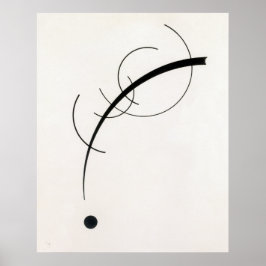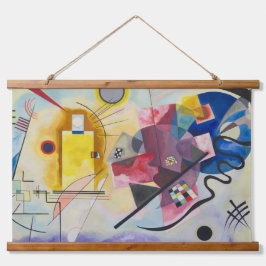Wassily Kandinsky
Wassily Kandinsky (1866–1944) was a pioneering Russian painter and art theorist. Born in Moscow, he initially pursued a career in law and economics before discovering his true passion for art. Kandinsky's early works were influenced by Impressionism and Post-Impressionism, but it was his exposure to French Fauvism and German Expressionism that ignited his shift towards abstraction.
Kandinsky believed that art should evoke emotions and spiritual experiences, leading him to develop his theory of abstract art. He saw colors and shapes as carriers of inner, non-representational meanings. This philosophy led to the creation of some of his most iconic works, characterized by bold use of color, geometric forms, and dynamic compositions.
In 1911, Kandinsky co-founded the Blue Rider movement, a group of artists dedicated to promoting spiritual and abstract art. His book "Concerning the Spiritual in Art" (1910) became a seminal work in the understanding of abstract art and its spiritual dimension.
With the outbreak of World War I, Kandinsky moved to Switzerland, and later to Germany, where he taught at the Bauhaus school of art and architecture. His tenure at Bauhaus was influential in shaping modern art education and practice.
In the face of rising political tensions in Europe, Kandinsky immigrated to France in 1933. There, he continued to produce innovative and evocative works until his passing in 1944.
Wassily Kandinsky's legacy lies in his pioneering role in the development of abstract art and his profound influence on the course of modern art history. His bold exploration of color, form, and spirituality revolutionized the way art was both created and perceived, leaving an indelible mark on the art world for generations to come.
5 ergebnisse
Gelb-rot-blau von Wassily Kandinsky Poster
Preis€ 26,65
Weitere Kollektionen von Elite_Print_Emporium, die dir gefallen könnten
Zuletzt angesehene Produkte




